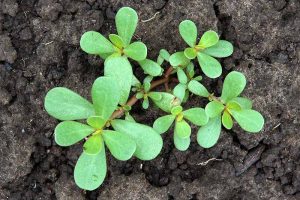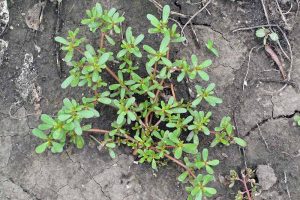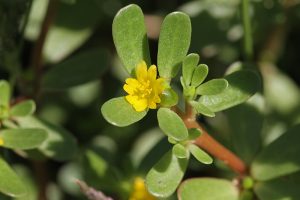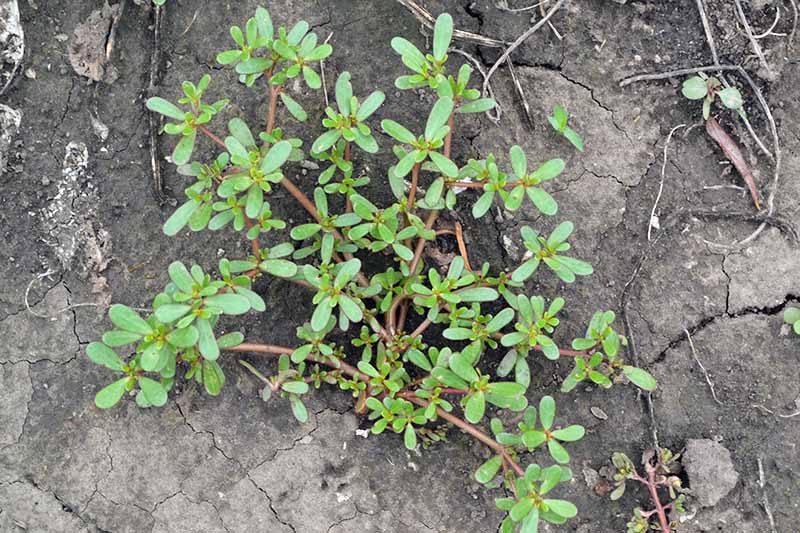The modest purslane herb, which is sometimes written off as a weed, is becoming more and more well-known for its amazing nutritional qualities and adaptability. This plant, which is native to Asia and has spread throughout the world, is officially known as Portulaca oleracea. Though purslane has a reputation for being a common weed, it’s actually highly nutritious and tasty.
Purslane is becoming recognised as a superfood because of its abundance of antioxidants, minerals, omega-3 fatty acids, and healthy plant chemicals. Purslane’s characteristic reddish-brown stems and leaves are a result of the presence of beta-carotene, which also contributes to the plant’s antioxidant qualities, which are thought to lower the risk of cancer by scavenging free radicals in the body.

Purslane is unique among terrestrial plants in that it has higher concentrations of omega-3 fatty acids than any other. It is hence a beneficial addition to diets meant to promote cardiovascular health. Purslane is also a rich source of calcium and magnesium, two minerals that are necessary for strong, healthy bones.
Purslane is not only a tough and low-maintenance plant, but it also has health benefits for humans. Purslane is a low-maintenance plant that thrives in hot, dry climates and even grows in pavement cracks, demonstrating its hardiness. Its remarkable root system makes it a natural benefit to gardens, supporting not only its own growth but also the health of the soil and reducing erosion.

Purslane, meanwhile, is not without opposition in some areas, even with all of its advantages. Since the US Department of Agriculture considers it to be a “noxious weed,” several places have banned or restricted its production. Despite this, purslane is a useful addition to gardens because of its capacity to draw beneficial pollinators like bees and butterflies with its lovely blossoms.
Purslane lends a crisp and juicy aspect to salads, soups, and stews, whether eaten raw or cooked. Purslane’s nutritional composition and versatility make it beneficial for gardens as well as for individual health, as it increases soil stability and fertility. Purslane may become a more popular addition to diets and gardens as people become more aware of its advantages.



